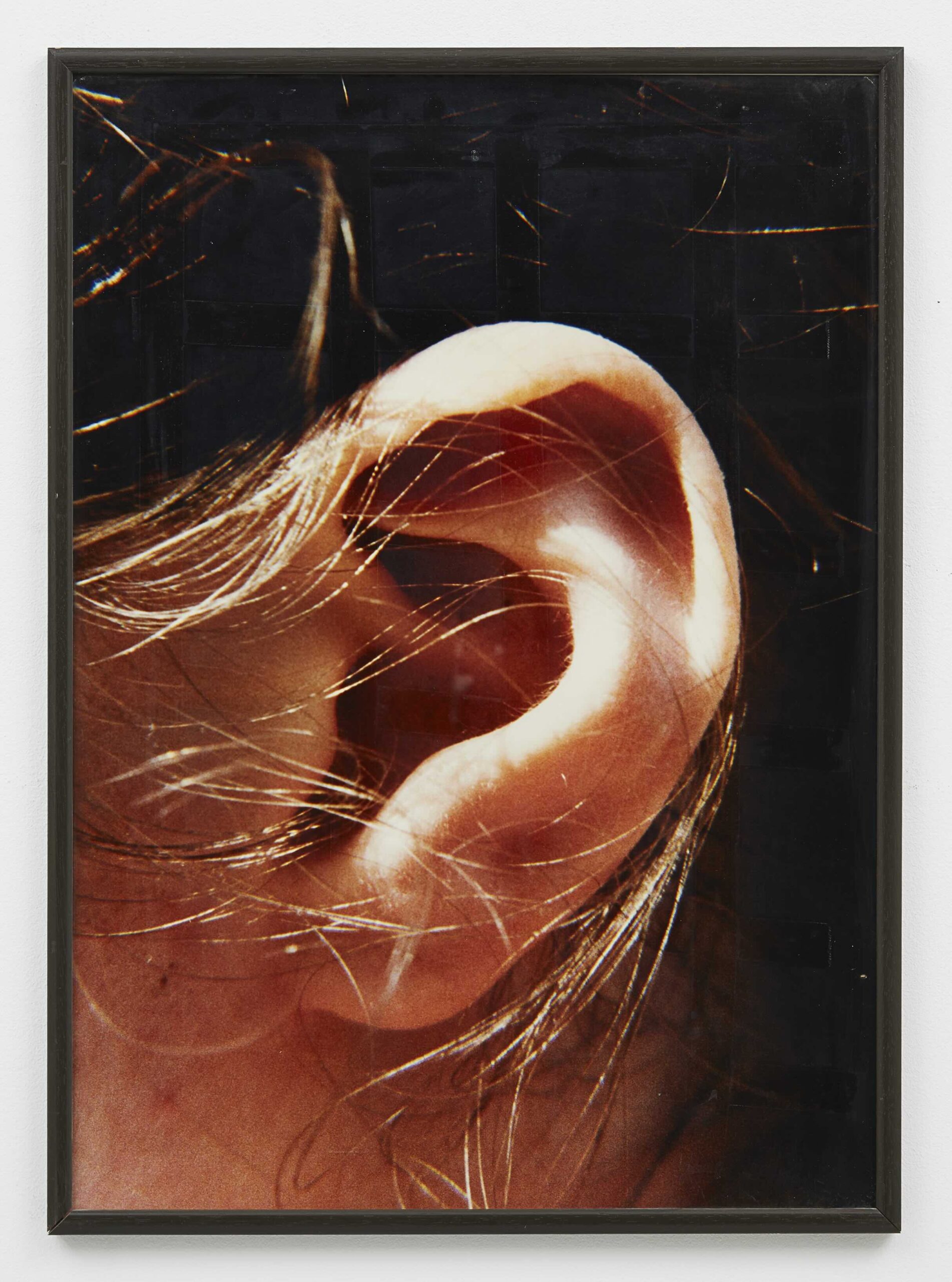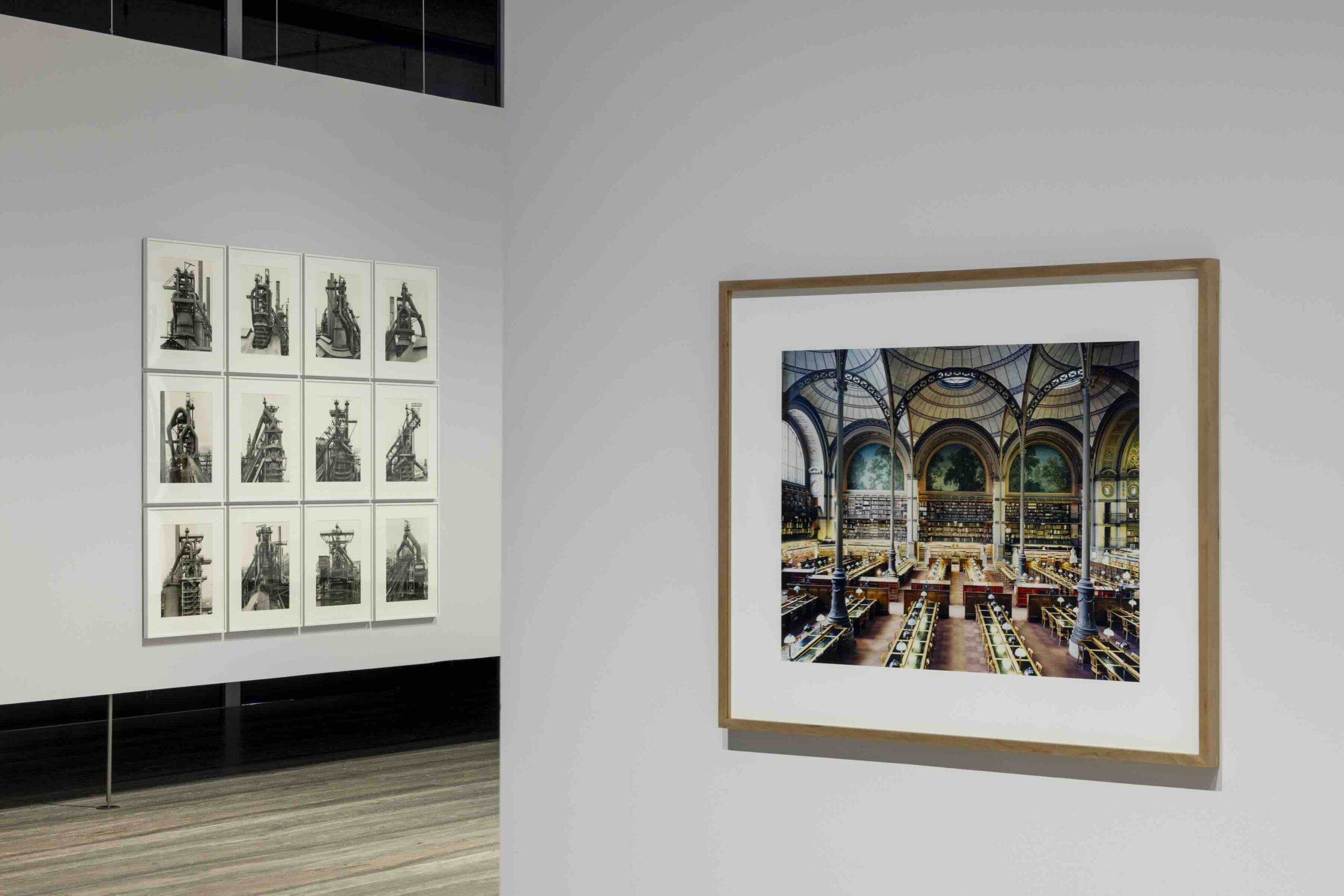Typologien: Photography in 20th-Century Germany
Fondazione Prada, Milan
From April 3rd until July 14th, 2025
At Fondazione Prada in Milan, photography is sorted, sequenced, and placed into dialogue. Typologien: Photography in 20th-Century Germany, curated by Susanne Pfeffer, is an unusually reflective proposition. On view until July 14th, the exhibition brings together over 600 works by 25 artists—not to tell a story of German photography as a timeline, but as a system of thought.
The exhibition’s architecture—partitioned by floating walls—mirrors the logic of the images it houses: crisp, deliberate, and open to unexpected affinities. Installed within the Podium like a carefully disassembled cabinet of curiosities, Typologien brings together an expansive photographic archive, spanning from canonical figures like August Sander and Bernd and Hilla Becher to lesser-known but equally important voices like Margit Emmrich and Ursula Böhmer.
Pfeffer discards chronology in favour of a typological maze, opting for taxonomy over time—where cows face factories, ears follow stereo systems, and the human face is examined with the same clinical logic once applied to plants. The exhibition is a slow-burning provocation, a conceptual game of spot-the-difference (and the sameness), where categories become both mirrors and traps. Pfeffer reminds us that “only through juxtaposition and direct comparison is it possible to find out what is individual and what is universal, what is normative or real.” The show turns the simple act of looking into a philosophical dare.

opening image: Thomas Ruff, Portraits, 1988. MUSEUM MMK FÜR MODERNE KUNST, Frankfurt am Main © Thomas Ruff, by SIAE 2025.
Typology, with its origins in Enlightenment botany, emerges here as both science and poetry. Karl Blossfeldt’s vegetal specimens—proto-modernist and strangely sensual in their precision—rub metaphorical shoulders with Sander’s portraits of Weimar-era citizens, which Walter Benjamin once described as “a training atlas of physiognomic perception.” And it is with the Bechers—Bernd and Hilla—the austere documentarians of cooling towers and water tanks, that typology finds its most rigorous and minimalist form. “The information we want to provide,” they wrote, “is only created through the sequence.”

Candida Höfer, BNF Paris XXIII 1998. © Candida Höfer, Cologne, by SIAE 2025/VG BildKunst, Bonn 2025.
Pfeffer’s brilliance lies in allowing that paradox to simmer. As she writes, “typology operates in a paradoxical regime”: it’s objective and subjective, orderly and subversive. In an age of infinite scroll and algorithmic feeds, the idea of taking time to observe – repetition, nuance, structure – feels almost rebellious. This is particularly resonant in the work of Isa Genzken, whose photographic series of women’s ears subtly dismantles portraiture by focusing on the most overlooked of features. Or in Thomas Ruff and Candida Höfer, whose refined images of architecture, libraries, and interiors echo the Bechers’ method but soften its austerity.
“In an age,” Pfeffer warns, “where everything seems to be shouting at you and becoming increasingly brutal, it is important to take a quiet pause and use the silence to see and think clearly.” Typologien is that pause – a conceptual breather, a visual crossword puzzle that refuses to hand over answers. It gives us grids, sequences, and comparisons – and dares us to find meaning somewhere in the repetition.
For further information fondazioneprada.org.













